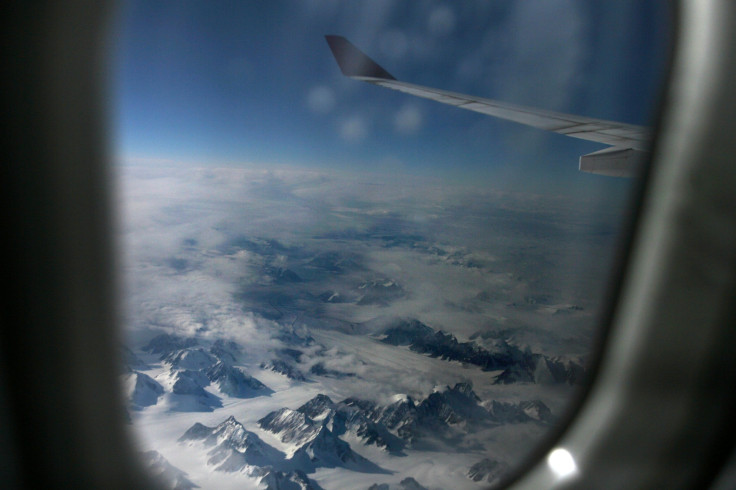Ice Caps, Glaciers Dotting Greenland's Coasts Passed A 'Tipping Point' 20 Years Ago

Almost 99 percent of Earth’s land ice is locked up in the form of gigantic ice sheets in Antarctica and Greenland. Scientists estimate that if the Greenland ice sheet, which covers nearly 80 percent of the island, were to melt entirely, global sea levels would rise by over 20 feet.
The good news is that this is unlikely to happen anytime soon. The bad news, if the findings of a study published Friday in the journal Nature Communications are to be believed, is that the glaciers and ice caps that dot the edges of the Greenland’s coast are unlikely to recover from the melting they are currently experiencing.
The study, based on remote sensing data gathered by the European Space Agency’s CryoSat-2 satellite and a high-resolution topographic model of Greenland’s surface, identifies 1997 as the year when this tipping point was reached. Since then, the authors of the study say, the smallest glaciers and ice caps on the coast have been unable to regrow lost ice.
“These peripheral glaciers and ice caps can be thought of as colonies of ice that are in rapid decline, many of which will likely disappear in the near future,” study co-author Ian Howat, a glaciologist at Ohio State University, said in a statement. “Since this ‘tipping point’ was reached in the late 90's before warming really took off, it indicates that these peripheral glaciers are very sensitive and, potentially, ephemeral relative to the timescales of response of the ice sheet.”

For the study, the researchers focused on 12 areas around the island, and discovered that the ice caps in these areas had been losing mass since 1997. They also found that, for the last 20 years, this mass loss had been exactly equal to the amount of meltwater runoff lost to sea.
These observations led them to conclude that the deep snow layer that normally captures coastal meltwater filled to capacity in 1997. As a result, the new meltwater, which cannot be absorbed by this tightly packed snow, flows over it and out to sea.
“The new model shows a striking agreement with observations,” study co-author Bert Wouters from Utrecht University in the Netherlands, said in a separate statement. “This gives us confidence that the model is reliably reproducing the ongoing changes.”
While the Greenland ice sheet — which currently covers an area of about 656,000 square miles, making it three times the size of Texas — is still far from doomed, it is definitely not safe from the effects of climate change. According to a recent study based on fresh GPS data, Greenland may be losing nearly 40 trillion pounds more ice than previously believed.
This means that between 2003 and 2013, Greenland lost about 2,700 gigatons of ice, instead of 2,500 gigatons as previously believed — a difference of 7.6 percent.
“Higher altitudes are colder, so the highest ice caps are still relatively healthy at the moment. However, we see melting occur higher and higher. That's a big problem, because that 'melting line' is moving towards the altitude where most of the ice mass is,” lead author of the latest study Brice Noël, also from Utrecht University, said. “The main ice sheet in the interior of Greenland is much more elevated and isn't doing too bad yet, but we can already see an increase in the altitude of the 'melting line' there as well.”
© Copyright IBTimes 2024. All rights reserved.





















